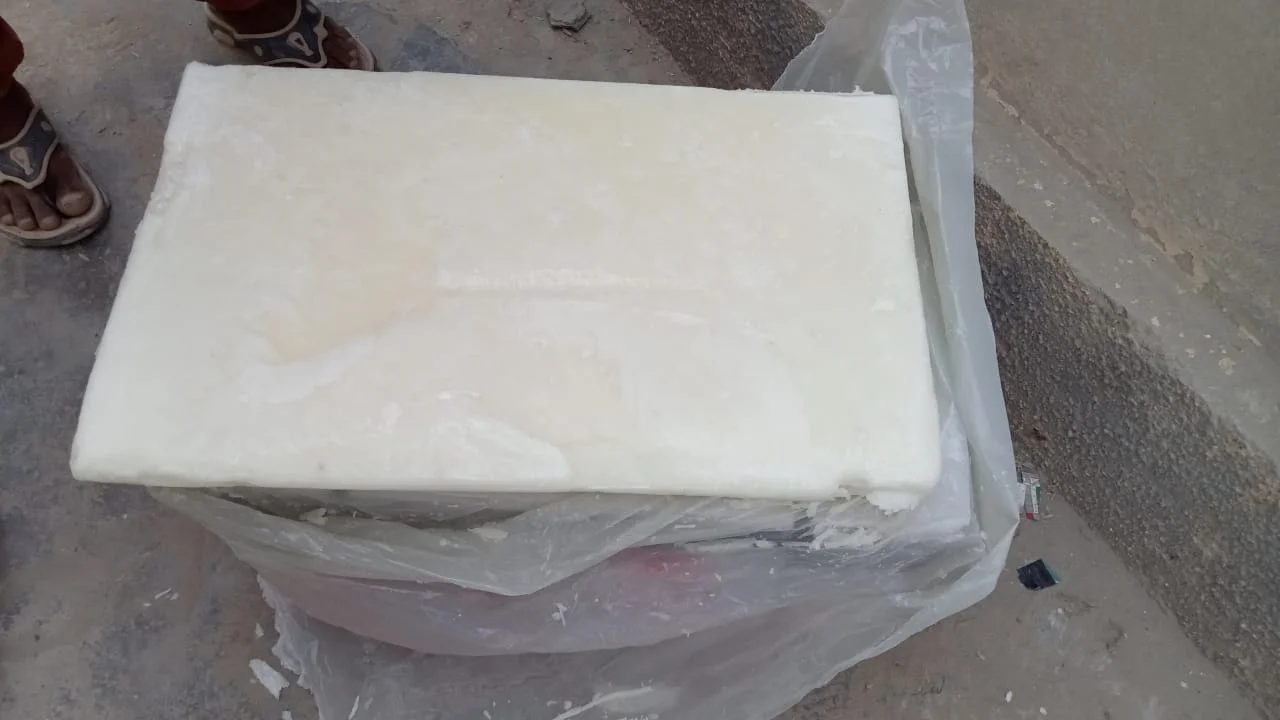
what is Jwelery wax ?
pearl wax , granulated paraffin wax , pellet paraffin wax are small sized paraffin wax mostly of lowest oil content used in limited amount for different industries like tire factories , cosmetics , special aromatic decorative candles .
These kind of paraffin wax , small sizes are very critical in producing and the special machineries are necessary for it .

Jewelry Wax, also famous as carving wax or modeling wax, is a special material use by jewelers and metalworkers to create and mold designs for jewelry pieces. It is commonly use in the lost-wax casting process, which allows for intricate and detail designs to be turn into metal.
different types of jewelry wax with specific purposes:
- Carving Wax: This wax is soft and easy to carve, ideal for creating detail designs. It is often use for making models of rings, pendants, or other jewelry pieces before they are cast into metal.
- Injection Wax: This wax is typically use for making multiples of a piece through a mold. It is often injects into a mold, cooled, and then use in the casting process.
- Sheet Wax: These thin sheets of wax can be cut, shape, and layer to create jewelry designs. They are use to create more precise and symmetrical pieces.
- Sticky Wax: This is a wax that is often use to attach stones or other elements temporarily during the design or modeling process.
Jeweler’s wax comes in a range of colors, each of which can indicate different hardness or type of wax. Softer waxes are better for intricate details and easy carving, while harder waxes are used for creating durable models.
Jeweler’s wax is integral to the lost-wax casting process, which is one of the most popular methods for creating detail and complex jewelry pieces. Here’s an overview of how jeweler’s wax is use in the jewelry-making process:
1. Designing the Model Jewelry Wax
- The jeweler starts by shaping the jeweler’s wax into the desire design using carving tools, such as knives, burs, and files. Since the wax is soft and easy to manipulate, it allows for detailed work.
- Jewelers can create models for rings, pendants, bracelets, and other jewelry pieces. The flexibility of the wax allows for complex designs, including textures, engravings, and fine details.
2. Creating the Mold (Lost-Wax Casting)
- Once the design is complete, the wax model is cover with a special casting material, often a type of investment or ceramic that can withstand high temperatures.
- The model is then heat in a kiln to melt and “lose” the wax, leaving a hollow mold of the jewelry design. This process is call lost-wax casting.
- The wax melts away and is drain out, leaving a precise cavity of the design inside the mold.
3. Casting the Metal
- Once the mold has cool and harden, molten metal (such as gold, silver, platinum, or other metals) is pouring into the cavity left by the wax.
- The metal fills the mold, taking the exact shape of the wax model. After it cools and solidifies, the investment or ceramic mold is removed, revealing the metal jewelry.
4. Finishing the Piece
- The newly cast metal piece may still have some imperfections or extra metal, so the jeweler will then clean, polish, and refine the jewelry.
- This includes removing any sprues (the extra metal used for pouring), sanding, polishing, and sometimes adding gemstones or other decorative elements.
Advantages of Using Jewelry Wax:
- Precision: Wax is very malleable, allowing for extremely detail and fine designs that can be transfer into metal.
- Speed: Wax models can be create more quickly than metal prototypes, allowing jewelers to rapidly prototype and iterate on designs.
- Versatility: Different types of waxes can be useful depending on the complexity of the design. Harder waxes are great for durable models, while softer ones are perfect for intricate detail.
- Cost-Effective: Wax modeling can be a more affordable method to test and create designs before making expensive metal molds or casting the final piece in precious metals.

